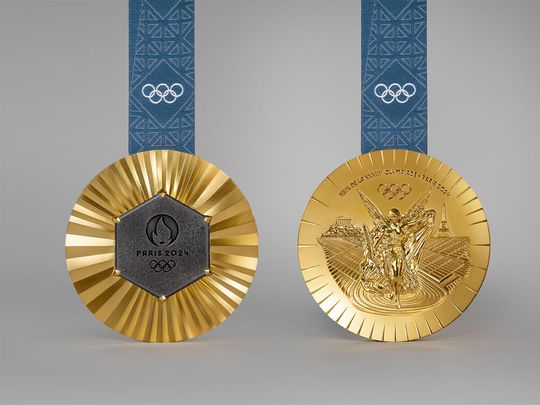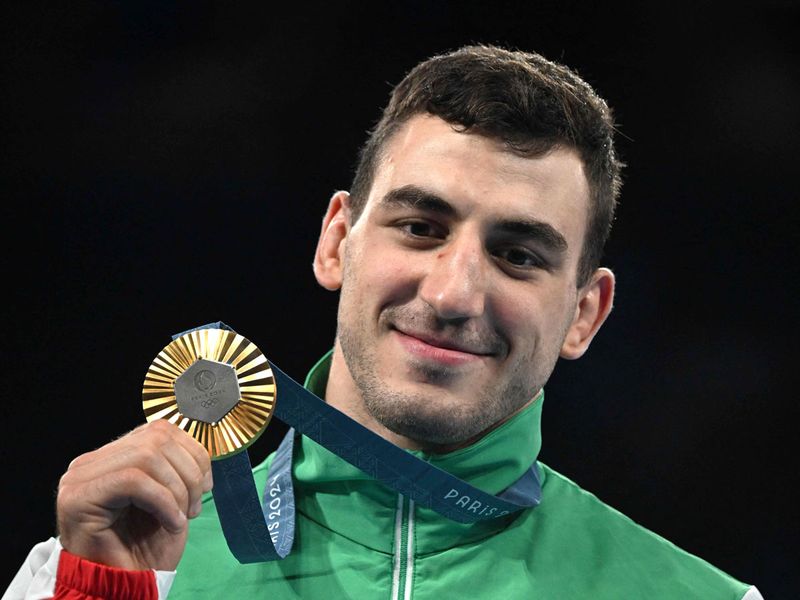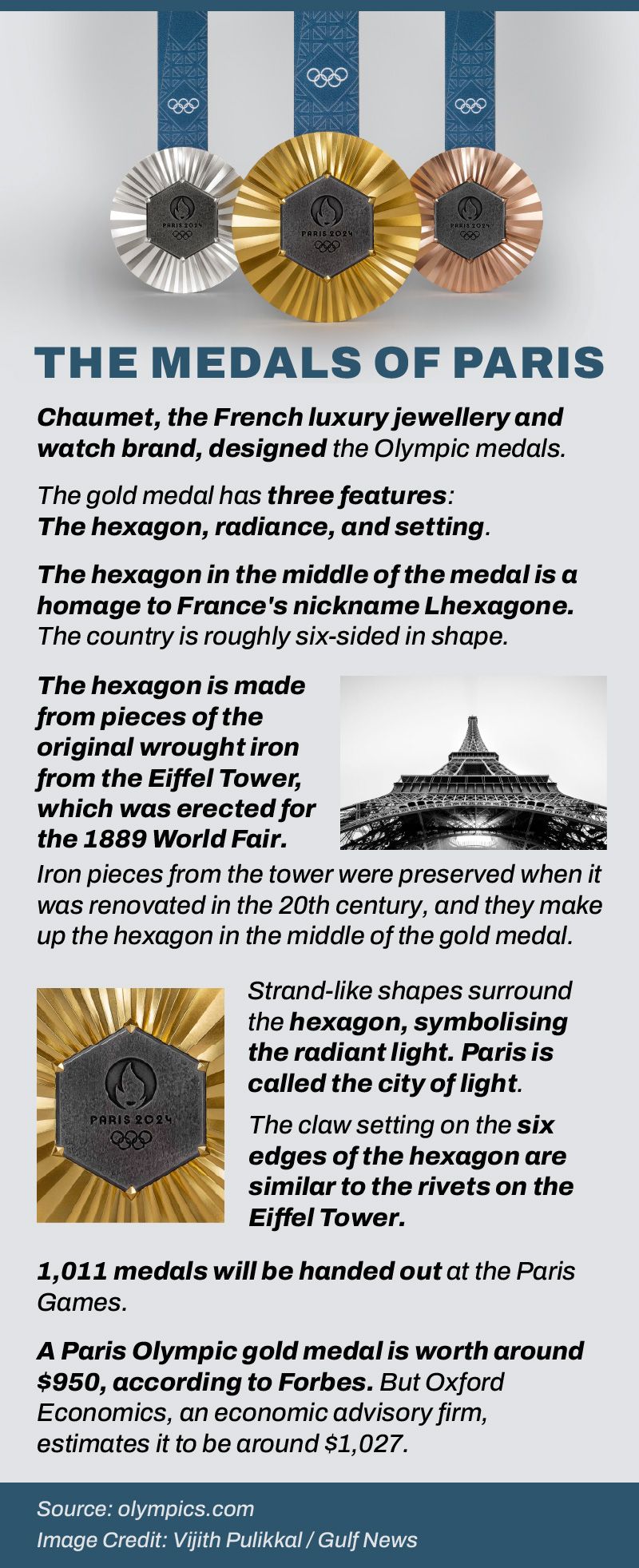
Gold. An Olympic gold is a dream for most sportspersons. For four years, athletes train hard, making huge sacrifices as they chase the Olympic dream. A gold medal is the crystallisation of a dream.
The quest for Olympic gold medals began only in 1904 when it was first introduced. The first gold, silver, and bronze medals were given away at the St. Louis Olympic Games.
In ancient Greece, Olympic winners received wreaths made of wild olive leaves. The first medals arrived with the birth of the modern Olympics in 1896. Winners were given silver medals, athletes who finished second received bronze medals, and there was nothing for third-place contestants. That changed in 1904 when winners got gold medals.
Medals are precious. Priceless, actually. Their sentimental value far outweighs the monetary value, although rarity and prestige can make them collector’s items. Some medals have been auctioned off for tens of thousands of dollars.
The International Olympic Committee guidelines require gold and silver medals to be made with 92.5% pure silver. The first-place medals weigh 529 grams each and are gilded in six grams of gold.
The silver medal weighs 525 grams — 507 grams of silver and 18 grams of iron. The bronze medals, weighing 455 grams each, are made of an alloy of copper, tin and zinc. All medals are 85mm in diameter and 9.2mm thick.
What’s the monetary value of the gold medal?
Oxford Economics, an economic advisory firm, estimates it to be around $1,027, excluding the value of the Eiffel Tower iron piece at the centre. The silver and bronze medals are worth $535 and $4.60, respectively.
It says the gold medals at the 2028 Los Angeles Olympics will have increased to $1,136, silver medals to $579, and bronze medals to $5.20. At the 2032 Brisbane Olympics, the gold medals will be worth $1,612, silver medals $608, and bronze medals $6.

What’s the design of the Paris medals?
Each medal at the Paris Olympics is highly symbolic. LVMH jeweller Chaumet designed the medals like real pieces of jewellery that “create a link between the medal-winning athletes and our country,” Paris Olympic organisers say.
The medals contain the original iron from the Eiffel Tower in a hexagon shape, held in place by six clasps that are a nod to the 2.5 million rivets that bind the Parisian landmark together. The iron pieces were cut from girders and other bits during renovations and stored for safekeeping, according to Joachim Roncin, head of design at the Paris Games organising committee.
The hexagon is engraved with the emblem of the Paris Games — the Olympic flame, which looks like the face of a woman with a bob haircut. The woman represents Marianne — a symbol of the revolution and the people of France. The words “Paris 2024” and the Olympic rings are below the emblem.
The medal’s reverse side depicts the Olympics’ rebirth in Greece. Like all medals since 2004, it features the Greek deity of victory Athena Nike emerging from the Panathenaic Stadium, where the Olympiad was revived in 1896. The Acropolis of Athens is another mandatory feature. The Eiffel Tower joins it, linking Paris 2024 to the origins of the modern Olympic Games.
The medal ribbons
The medals’ ribbons also reflect symbolism. The dark blue ribbons are adorned with the Eiffel Tower latticework.
The Olympics is a pinnacle for many sports, which is why the medals are so cherished. Going for gold, it’s the pursuit of an Olympic dream.










